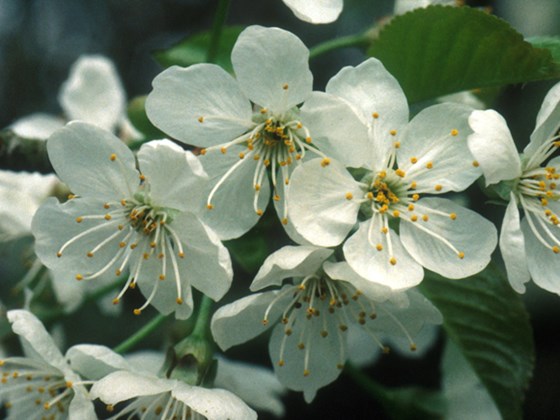
According to a new estimate of tree biodiversity published in January 2022, there are about 73,300 species of trees on the planet, thousands of which have yet to be named and described by scientists. The not so recent study suggests that the vast majority of these elusive species are likely rare endemics hidden in dense tropical forests that are difficult to access and survey.
“Extensive knowledge of tree richness and diversity is key to preserving the stability and functionality of ecosystems,” lead author of the study, Roberto Cazzolla Gatti, a conservation biologist at the University of Bologna in Italy, said in a press release, announcing the study. “Without trees and forests, we would not have clean water, safe mountain slopes, habitat for many animals, fungi and other plants, the most biodiverse terrestrial ecosystems, sinks for our excess of carbon dioxide, depurators of our polluted air, et cetera.”
Oxford ecosystem scientist Yadvinder Malhi, who was not involved in the work, told the BBC that the study “shows that tropical forests are even more diverse in their trees than we had previously imagined.” The estimate relies on a ground-sourced global database generated by compiling data from the Global Forest Biodiversity Initiative (GFBI) and the organization TREECHANGE. All told, the database includes information on approximately 44 million individual trees from 64,100 species in 90 countries. Those records were then used to estimate the number of unknown species using National Tsing Hua University statistician Anne Chao and colleagues’ ecological adaptation of the Good-Turing frequency estimation—an algorithm for discovering unknowns based on rare occurrences developed by codebreakers Irving Good and Alan Turing during the Second World War.
Approximately one-third of known tree species are considered rare, meaning just one or two individuals have been documented in the surveys, co–senior author and University of Michigan and University of Minnesota ecologist Peter Reich theorizes. Because of that large proportion of rare species, the code yielded an estimate of 73,300 tree species on Earth, of which 9,200 or so have yet to be described. More than 40 percent of these undocumented species are predicted to occur in South America, a finding the authors note is in line with recent studies that suggest scientists have barely begun to describe the species in hyper-biodiverse forests such as the Amazon.
“This study reminds us how little we know about our own planet and its biosphere,” study co–senior author Jingjing Liang, an ecologist at Purdue University in Indiana, told reporters. “There is so much more we need to learn about the Earth so that we can better protect it and conserve natural resources for future generations,” he added.
The estimate helps establish a benchmark for conservation efforts, Reich says, also speaking with reporters from Reuters. “Tree species diversity is key to maintaining healthy, productive forests, and important to the global economy and to nature,” he says, noting that “tree species are going extinct due to deforestation and climate change, and understanding the value of that diversity requires us to know what is there in the first place before we lose it.”
We really hope you enjoyed this article as much as we enjoyed bringing it to you. We love sharing tree news from around the globe with you each and every week. Thank you, as always, for your readership!











